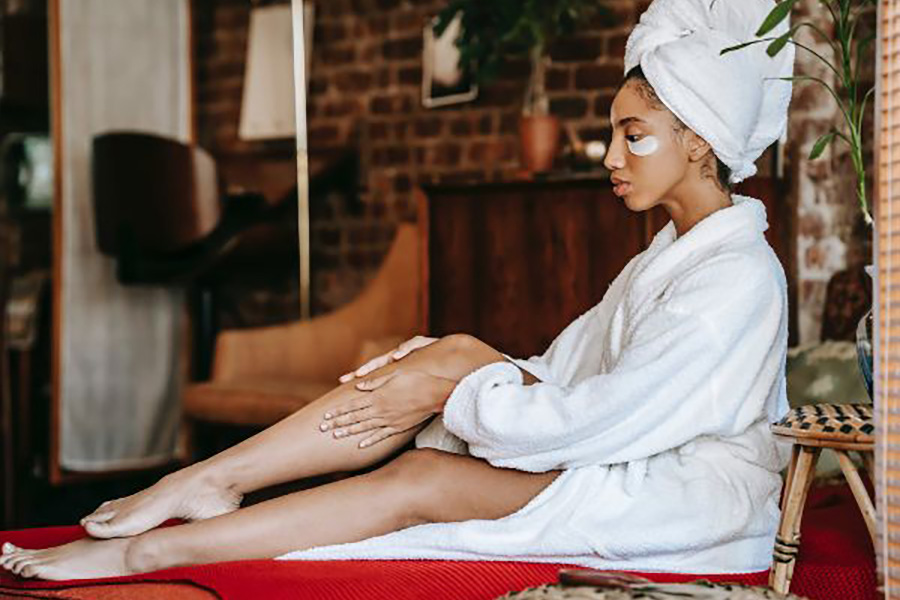The word khauayalah (𐤇𐤅𐤉𐤋𐤄) or “Havilah” is associated with the 𐤂𐤍 (gan) 𐤏𐤃𐤍 (ādan) as the land that one of the rivers from 𐤏𐤃𐤍 (ādan) flows around where there is gold. Also, it says that the gold of the land is good and has bdellium and onyx stone there too. There are two locations that could be modern-day 𐤇𐤅𐤉𐤋𐤄 (Khauayalah), one being the Sinai Peninsula and the other being the Philippines.
However, when reading the scriptures of the Book of 𐤉𐤅𐤁𐤋 (Yauabal), the land of the Philippines gains additional support for its candidacy as the location for the modern-day location of the land. However, the land appears in 𐤁𐤓𐤀𐤔𐤉𐤕 (BaRaashayat), where it defines the territory inhabited by the 𐤉𐤔𐤌𐤏𐤀𐤋𐤉 (Yashamaāalay) as being “from Havilah to Shur, opposite Egypt in the direction of Assyria.”
Another association for Khauayalah is with descendants of 𐤍𐤅𐤇 (Nauakh). One is the 𐤁𐤍 (ban) of 𐤊𐤅𐤔 (Kauash), who is the 𐤁𐤍 (ban) of 𐤇𐤌 (Kham). The second is the 𐤁𐤍 (ban) of 𐤉𐤒𐤈𐤍 (Yaqathan), who is the descendant of 𐤔𐤌 (Sham).
The Paleo-Hebrew language or the original language of the Ābarayam is one spoken with an emphasis on the rauakh (breath, wind, spirit). With the language of the Ābarayam, each letter has a meaning and a number associated with it that adds meaning to each word they’re used with. Below you will be able to learn more about the letter in Ancient Hebrew, Yiddish Hebrew, Greek, and much more.
Letter Meanings
| Letter | Meaning |
|---|---|
| 𐤇 (kh) – kha | Tent wall, fence, separation, divide |
| 𐤅 (u) – ua [ýa] | Nail, tent peg, hook, to secure, connect, Messiah |
| 𐤉 (y) – ya | Arm, hand, work, thrust, deed, make, throw, worship |
| 𐤋 (l) – la | Staff, Goad, Control, Toward, Protect, Authority, bind, yoke, lead |
| 𐤄 (h) – ha | look, behold, the, reveal, breath, life, man Sufix: to, toward, in the direction of, -ward, her, feminine form, it |
| Ābarayat Number | 59 = 8 (kh) + 6 (u) + 10 (y) + 30 (l) + 5 (h) |
| Hebrew Gematria | |
| English Gematria | |
| Simple Gematria |
Based on the meaning of the letters the word could be defined as:
- “fence (protection) to secure worship of authority (power) of breath (life)”
- “fence (protection) to secure worship of authority (power) of man”
- “fence (protection) of Messiah of creation to protect man”
- “separation of connection of worship of authority (power) of breath (life)”
Definitions for 𐤇𐤅𐤉𐤋𐤄 / khauayalah
| Language | Word | Transliteration | Pronunciation | Definition |
|---|---|---|---|---|
| Ābarayat | 𐤇𐤅𐤉𐤋𐤄 | khauayalah | kha-oo-ya-law’ | Circle, Bringing Forth, Languishing Village. |
| English | Havilah | Havilah | hav-uh-lah | |
| Hebrew | חֲוִילָה | Chavilah | khav-ee-law’ | a son of Cush, also a son of Joktan, also territories of unc. location. |
| Arabic | هافيلا or حافلة | Hafila | ha-fee-la | bus, coach, carriage, wagon |
| Greek | χαβιλά | Khavila | khav-ee-law’ | Unknown |
Images for 𐤇𐤅𐤉𐤋𐤄 / khauayalah



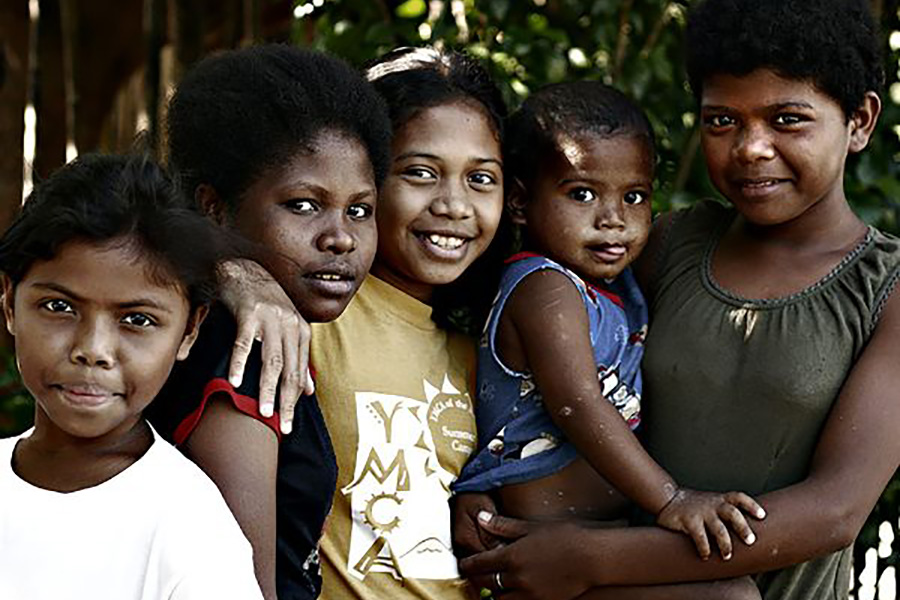
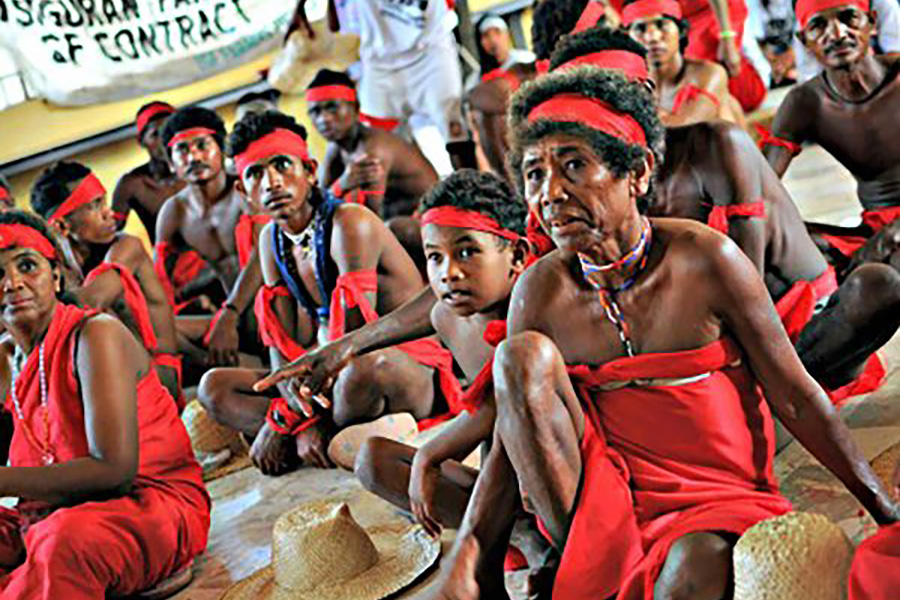
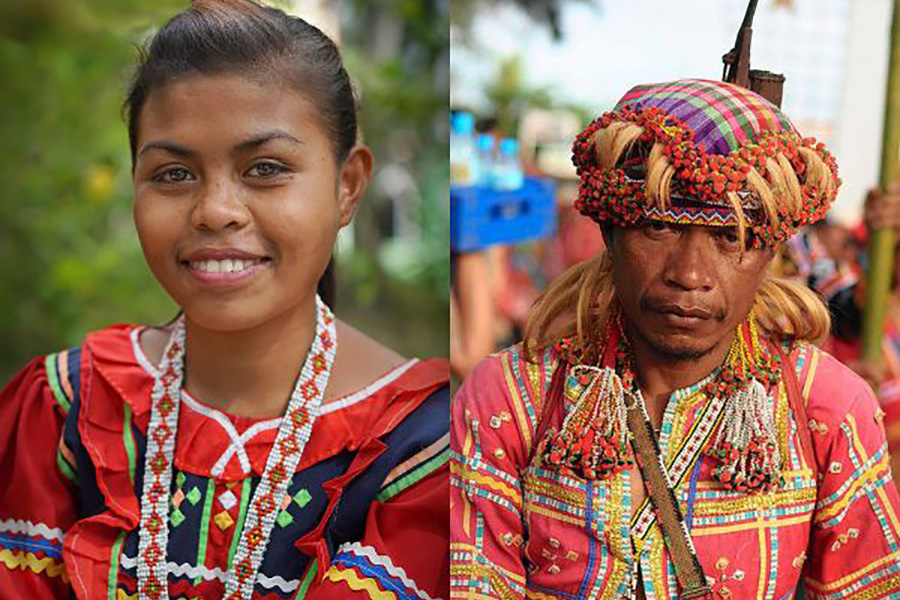


Maps for 𐤇𐤅𐤉𐤋𐤄 / khauayalah
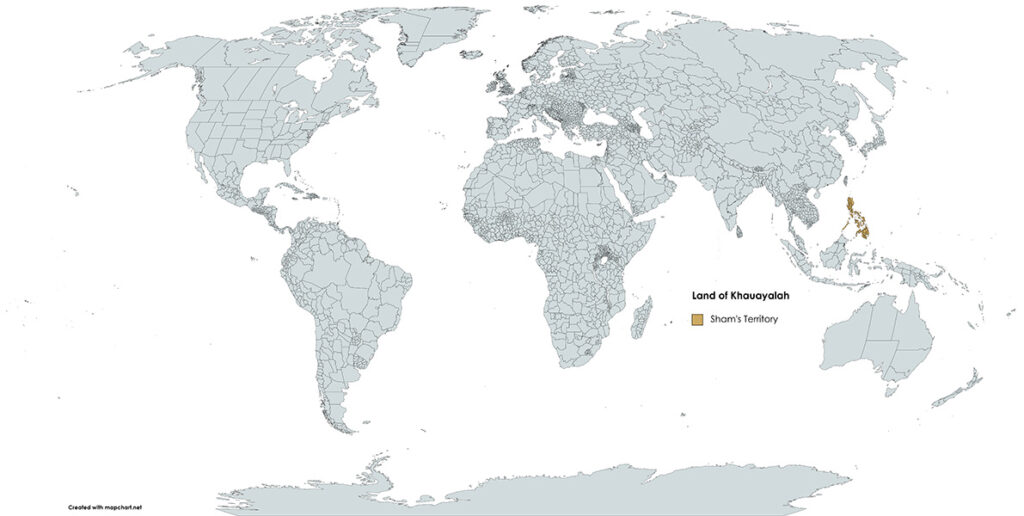
Definitions for 𐤇𐤅𐤉𐤋𐤄𐤉 / khauayalahay
When adding the 𐤉 (yad) to the end of a word, it creates a possessive of the original word. It can either signify “my…” or identify a member of a nation. For example, 𐤏𐤁𐤓 (Ābar) is the progenitor, but 𐤏𐤁𐤓𐤉 (Ābaray) is the singular descendant of him also known as a Hebrew.
| Language | Word | Transliteration | Pronunciation | Definition |
|---|---|---|---|---|
| Ābarayat | 𐤇𐤅𐤉𐤋𐤄𐤉 | khauayalahay | kha-oo-ya-lawey | |
| English | ||||
| Hebrew | ||||
| Arabic | ||||
| Greek |
Images for 𐤇𐤅𐤉𐤋𐤄𐤉 / khauayalahay


Definitions for 𐤇𐤅𐤉𐤋𐤄𐤉𐤌 / khauayalahayam
When adding the 𐤌 (mayam) after the 𐤉 (yad) to the end of a word, it creates a plural of the original word. It can identify multiple members of a nation. For example, 𐤏𐤁𐤓 (Ābar) is the progenitor, but 𐤏𐤁𐤓𐤉𐤌 (Ābarayam) are the plural descendants of him also known as Hebrews.
| Language | Word | Transliteration | Pronunciation | Definition |
|---|---|---|---|---|
| Ābarayat | 𐤇𐤅𐤉𐤋𐤄𐤉𐤌 | khauayalahayam | kha-oo-ya-law’-yawm | |
| English | ||||
| Hebrew | ||||
| Arabic | ||||
| Greek |
Images for 𐤇𐤅𐤉𐤋𐤄𐤉𐤌 / khauayalahayam


Definitions for 𐤇𐤅𐤉𐤋𐤄𐤉𐤕 / khauayalahayat
When adding the 𐤕 (tau) after the 𐤉 (yad) to the end of a word, it creates a plural of the original word. It identifies the language or a sign of a nation’s existence. For example, 𐤏𐤁𐤓 (Ābar) is the progenitor, but 𐤏𐤁𐤓𐤉𐤕 (Ābarayat) is the language of him also known as Paleo-Hebrew language.
| Language | Word | Transliteration | Pronunciation | Definition |
|---|---|---|---|---|
| Ābarayat | 𐤇𐤅𐤉𐤋𐤄𐤉𐤕 | khauayalahayat | kha-oo-ya-law’-yawt | |
| English | ||||
| Hebrew | ||||
| Arabic | ||||
| Greek |
Images for 𐤇𐤅𐤉𐤋𐤄𐤉𐤕 / khauayalahayat


Classification
You can continue your studies of the words by viewing Strong’s entries for:




